For most of us, fleeing to an alternate reality seems pretty tempting right now. If the real world isn’t quite doing it for you, fiction offers an easy escape. While some feel inclined to dive into fluffy, carefree narrative universes to leave their worries behind, others are drawn to narratives that are even bleaker than the prospect of a long, lonely lockdown. If you aren’t afraid to go dark, these authors may just have the stories you crave.
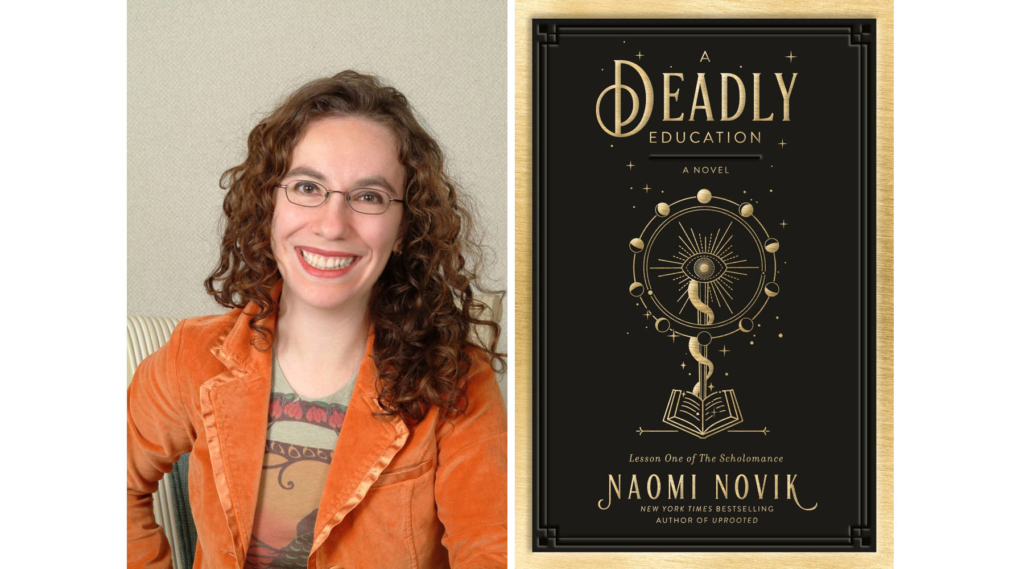
Naomi Novik
Naomi Novik has said that she writes novels “between the lines” of stories she loves. An avid reader and writer of fan fiction, she is well aware that anything she publishes is no longer her exclusive property, but is shared with her readers. As Novik’s fan fiction connects with worlds built by other authors, her own original writing relates to the feedback loop from her fans: When readers recently pointed out certain issues with the depiction of POC characters in her latest novel, she reacted in a thoughtful and sincere way to the criticism, indicating that any updated editions and sequels would amend these missteps.
In the past, Novik’s narrative universes have been inspired by aspects of her family history, like her mother’s Polish Catholic roots in Uprooted and her father’s Lithuanian-Jewish background in Spinning Silver. With A Deadly Education in 2020, she has published the first novel in a series set at the Scholomance, an underground school run by the devil.
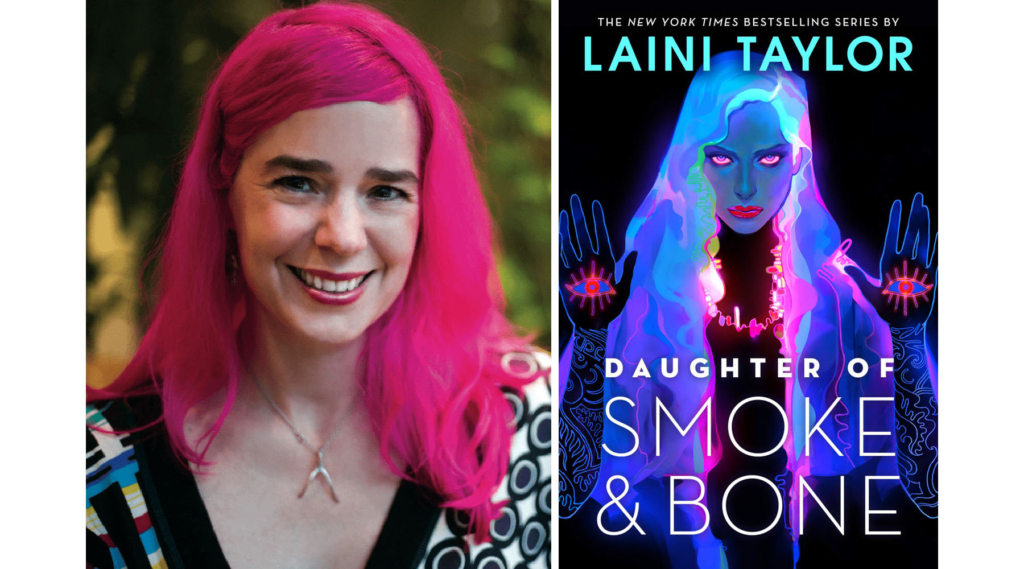
Laini Taylor
Another author deeply rooted in fandom, Laini Taylor excels in sharing the writing process with her readers. In a move still somewhat unusual for a novelist, she recently launched a Patreon account, where her fans can support her work directly, in exchange for sneak peeks, previews and a sense of community with both author and other fans.
According to her self-description, Taylor writes “about artists and monsters, librarians and gods (and artist-monsters and librarian-gods!), warrior angels, puppet makers, alchemists, resurrectionists and dreamers.” She is best known for the bestselling Daughter of Smoke and Bone trilogy and Strange the Dreamer duology, and is “currently writing a secret book that won’t be secret for too much longer.”
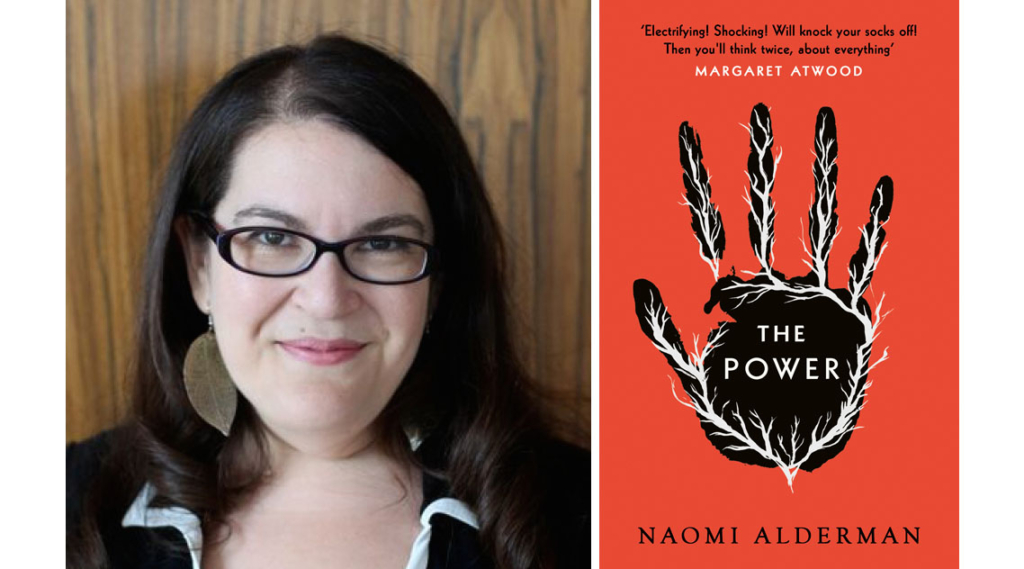
Naomi Alderman
The fact that Naomi Alderman has mastered the feminist dystopia should come as a surprise to absolutely no one. After all, her breakthrough novel was developed under the mentorship of Margaret Atwood. Alderman explicitly acknowledged A Handmaid’s Tale as the inspiration for The Power, her own take on gendered power imbalance.
Unlike the Canadian novelist’s classic of the genre, in this story, women are the ones who hold all the power. It takes readers on a journey through the early years of a rising matriarchy, as told through the individual stories of a diverse cast of female characters. COVID restrictions put filming of a series based on the novel on hold, but luckily Alderman had already scripted another very timely form of entertainment: As the creative mind behind narrative-based fitness apps Zombies, Run! and The Walk, she has sent upwards of 5 Million aspiring runners on missions during a fictional zombie apocalypse – excellent motivation for your lockdown exercise regime.
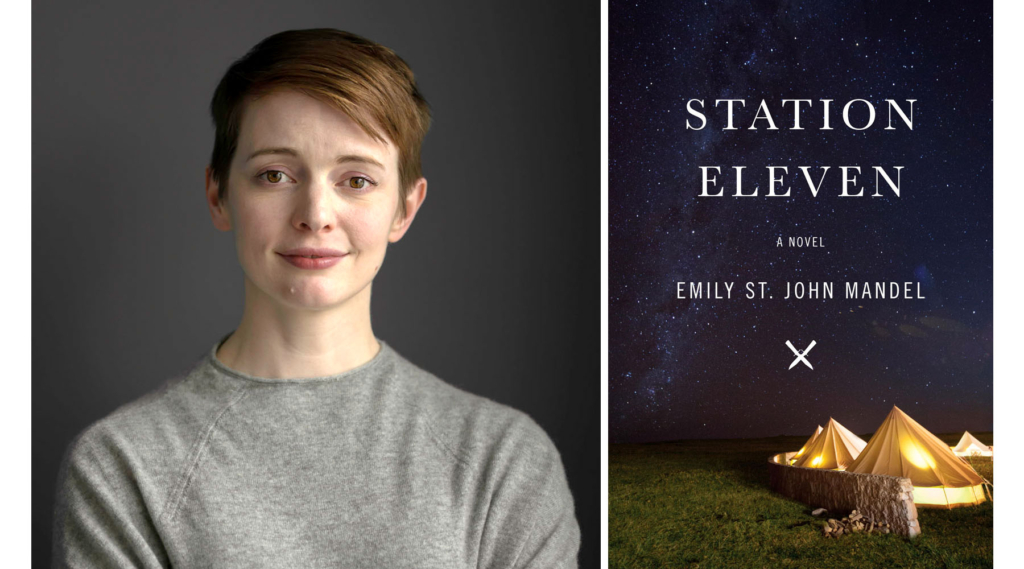
[Headshot credit: Sarah Schatz]
Emily St John Mandel
Emily St John Mandel already topped many a list of eerily accurate dystopian writers based on the strength of one 2014 bestseller, but her latest offering strikes even closer to home. While Station Eleven was set in a post-apocalyptic Canadian wilderness populated by the last survivors of a global pandemic (ring any bells?), The Glass Hotel takes place in what is presumably the same narrative universe, but before the plague spreads. The writer weaves a yarn out of the many threads that determine any modern existence – capitalism, economic inequalities, ruthless exploitation of dependencies, and the enormous consequences of seemingly inconsequential events – leaving the connections between them unclear for the longest time.
Any reader picking up the novel upon its release in early 2020 couldn’t help but feel a sense of impending doom. As it turns out, the protagonists weren’t doomed to their infectious-disease-determined fate – yet! – but the scourge that ties the stories together definitely smooths the way for it. A Station Eleven miniseries was slated for release later this year.
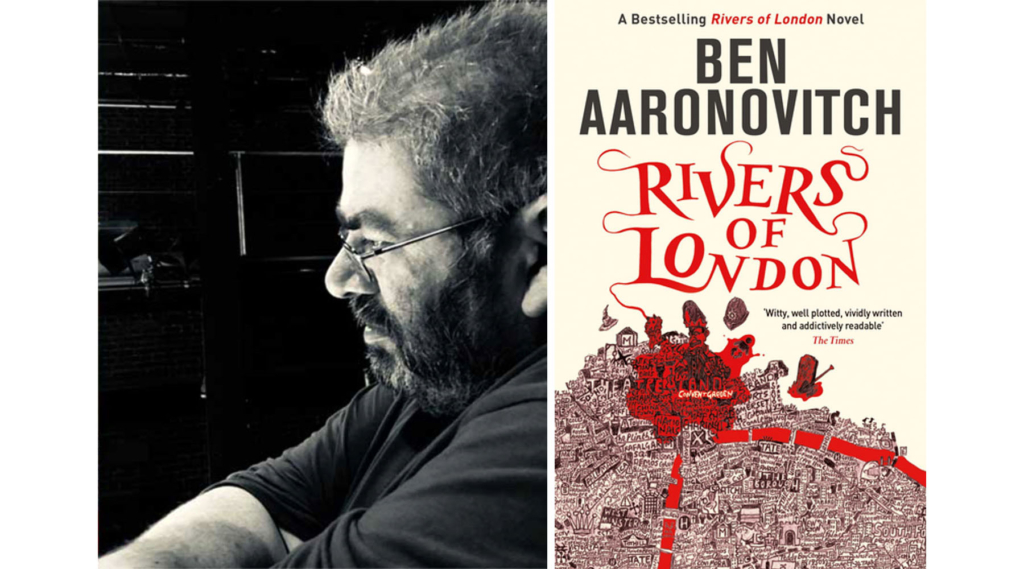
Ben Aaronovitch
Ben Aaronovitch got an opportunity to let his imagination run wild early in his career. As a writer for Doctor Who, arguably the most unfettered science fiction playground in mainstream media, he brought speculative fiction to the small screen and novelised a number of his storylines for the series.
Luckily, he saved some of his best ideas for Rivers of London, a series of urban fantasy novels that blend police procedural conventions with magical storylines and supernatural elements. Unlike other wizarding world-builders who shall not be named, Aaronovitch succeeds at effortlessly making his fictionalised London as vibrant and diverse as the real city. The Peter Grant series (aka. Rivers of London) consists of 10 novels and novellas, with four further instalments already promised by the author, plus seven graphic novels and a television adaptation in the works.
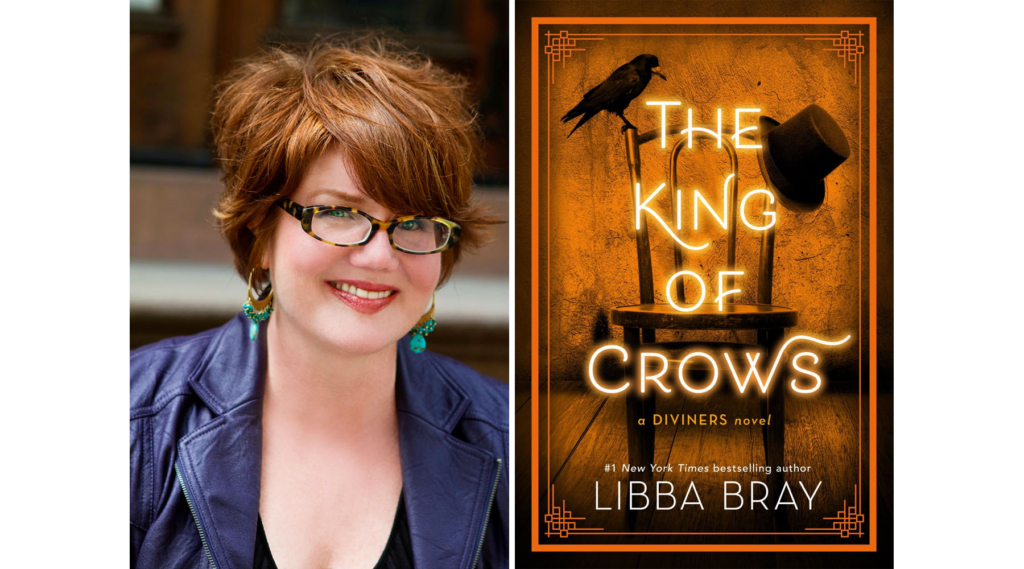
Libba Bray
A literature insider well before becoming a successful writer, Libba Bray found her own unique twist on young adult fiction with A Great and Terrible Beauty, the first novel in what was to become the Gemma Doyle trilogy. These novels, as well as the following Diviners series, are set in the past, but enhanced with supernatural elements. The threats facing protagonists are true to their eras, which come alive in colourful prose. Now that the latter series has also wrapped up with a fourth and final novel, The King of Crows, published in 2020, fans are eagerly anticipating what worlds the author will conjure up next. Historical fiction? Gothic romance? Magical realism? Whatever she will choose to write, it is certain to be far from formulaic.
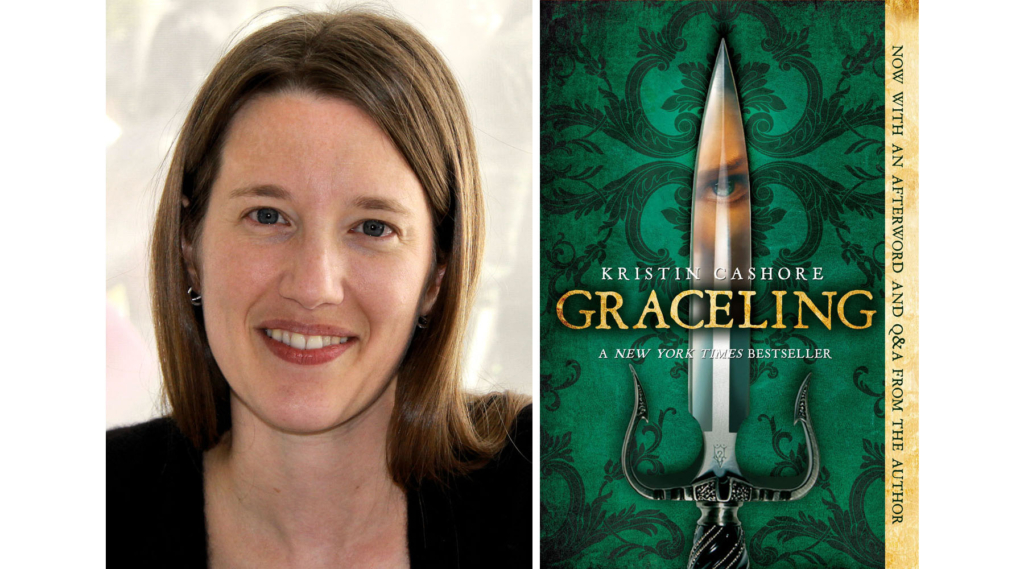
Kristin Cashore
Kristin Cashore’s literary success came with a small bang. Her literary debut Graceling was an instant success, swiftly followed by two further novels in the Graceling Realm series. Perhaps unfortunately, the bang was slightly smaller than that caused by another dystopian young adult series published around the same time. The parallels to The Hunger Games have been pointed out time and again. These mainly serve as a seal of approval – if you like one, you’ll probably enjoy the other – but Cashore’s narrative universe very much stands on its own, and the novels succeed on their own terms.
In an author’s talk with the Massachusetts Institute of Technology, she confirmed the validity of dark narratives in young adult fiction. Since the world is “kind of a dystopic place,” she feels that engaging with fiction that deals with difficult subjects offers young readers a coping mechanism. She is also confident in their abilities to deal with serious subjects – and it shows. Because the author never talks down to her readers, her work is as popular with grown-ups as the young adults it was originally intended for.
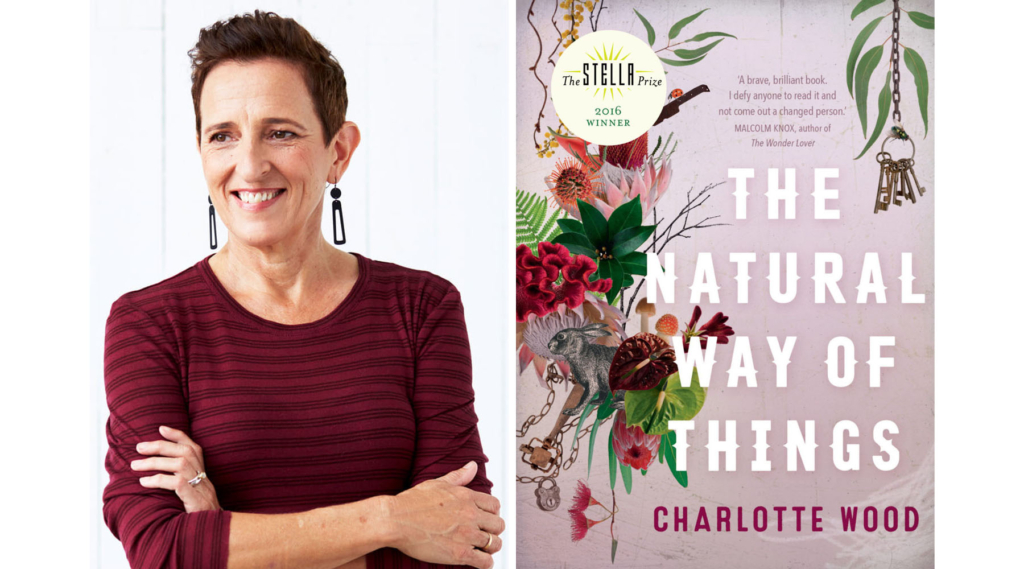
[Headshot credit: Chris Chen]
Charlotte Wood
Some might argue that The Natural Way of Things isn’t really dystopian or speculative. After all, the harrowing situation described in Charlotte Wood’s novel is based on an amalgamation of real events and the treatment of the female protagonists hardly outdoes real-life misogyny at its worst. However, even if truth is sometimes stranger and scarier than fiction, the Australian author’s evocative prose builds an engrossing world that draws the reader in. At the beginning, we are as clueless as the 10 women kidnapped and held against their will in the Outback. As the story unfolds, we empathise with these complete strangers figuring out what it is they have in common. The bleakness of the Australian setting immediately connects it with other dark fictions – from Mad Max to Wolf Creek – allowing us to draw a dystopia in our mind’s eye.



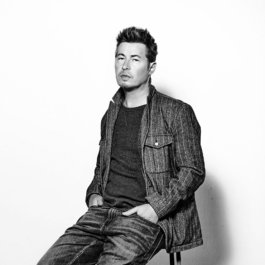






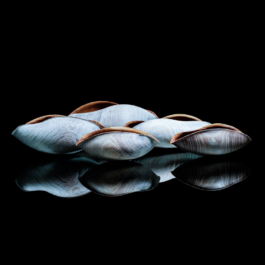
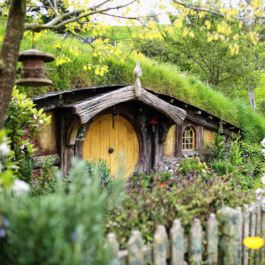
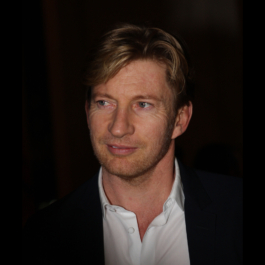
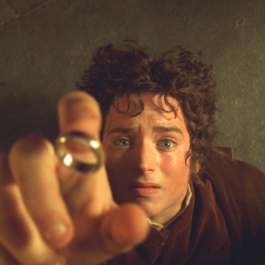
Sorry, the comment form is closed at this time.